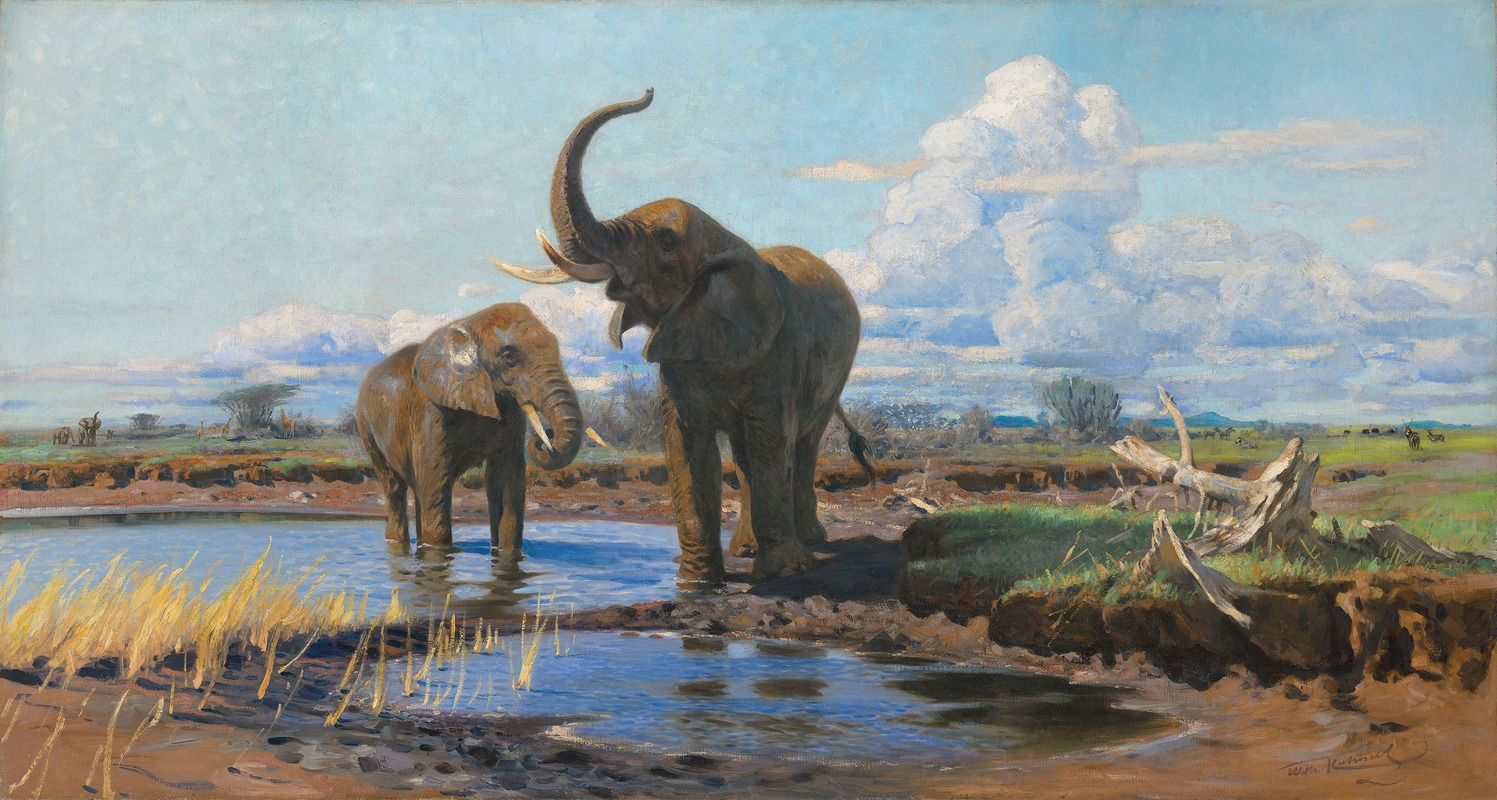
Elephants at a waterhole
A hand-painted replica of Wilhelm Kuhnert’s masterpiece Elephants at a waterhole, meticulously crafted by professional artists to capture the true essence of the original. Each piece is created with museum-quality canvas and rare mineral pigments, carefully painted by experienced artists with delicate brushstrokes and rich, layered colors to perfectly recreate the texture of the original artwork. Unlike machine-printed reproductions, this hand-painted version brings the painting to life, infused with the artist’s emotions and skill in every stroke. Whether for personal collection or home decoration, it instantly elevates the artistic atmosphere of any space.
Wilhelm Kuhnert (1865–1926) was a renowned German painter, illustrator, and author, best known for his realistic depictions of African wildlife. His work played a significant role in shaping the Western perception of African animals during the late 19th and early 20th centuries. One of his notable paintings is "Elephants at a Waterhole," which exemplifies his skill in capturing the essence of wildlife in their natural habitat.
Kuhnert was born in Oppeln, Prussia (now Opole, Poland), and showed an early interest in art. He studied at the Royal Academy of Arts in Berlin, where he was trained under notable artists such as Paul Meyerheim and Ferdinand Bellermann. His education focused on animal painting, which laid the foundation for his future endeavors in wildlife art.
In the late 1890s, Kuhnert embarked on several expeditions to Africa, a continent that fascinated him and provided the primary inspiration for his work. These trips allowed him to observe animals in their natural environments, a practice that was relatively uncommon among artists of his time. His travels took him to regions such as German East Africa (present-day Tanzania), where he meticulously sketched and documented various species.
"Elephants at a Waterhole" is a testament to Kuhnert's dedication to realism and detail. The painting portrays a group of elephants gathered around a waterhole, a common scene in the African savannah. Kuhnert's attention to the anatomy and behavior of the elephants is evident in the way he captures their interactions and the natural setting. The use of light and shadow in the painting highlights the textures of the elephants' skin and the surrounding landscape, creating a vivid and lifelike representation.
Kuhnert's work was highly regarded during his lifetime, and he became one of the most sought-after wildlife artists of his era. His paintings were exhibited in prestigious galleries and were popular among collectors who admired his ability to bring the exotic wildlife of Africa to life on canvas. In addition to his paintings, Kuhnert also contributed illustrations to various publications, further cementing his reputation as an expert in animal depiction.
Despite his success, Kuhnert's work also faced criticism from some quarters. Critics argued that his focus on realism sometimes overshadowed the artistic expression, making his paintings more akin to scientific illustrations. However, this attention to detail is precisely what made his work valuable to both art enthusiasts and naturalists.
Kuhnert's legacy continues to influence wildlife art today. His paintings are held in high esteem and are part of numerous public and private collections worldwide. "Elephants at a Waterhole" remains a significant piece, reflecting not only the artist's skill but also his passion for the natural world. Through his art, Kuhnert provided a window into the beauty and majesty of African wildlife, inspiring future generations of artists and conservationists alike.
In summary, Wilhelm Kuhnert's "Elephants at a Waterhole" is a masterful representation of African wildlife, showcasing the artist's commitment to realism and his deep appreciation for the natural world. His work continues to be celebrated for its artistic and historical significance, offering a glimpse into a time when the mysteries of Africa were just beginning to be explored by the Western world.





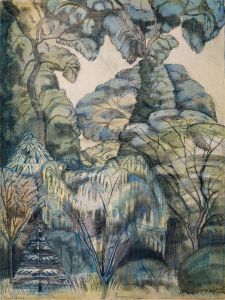

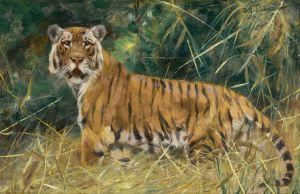
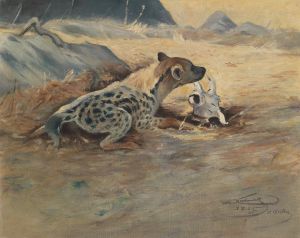
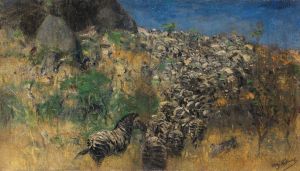
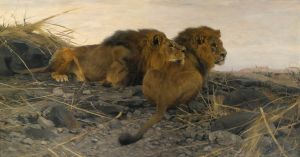
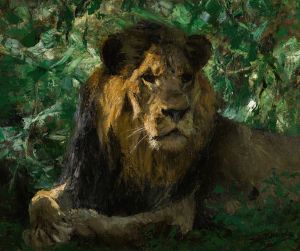

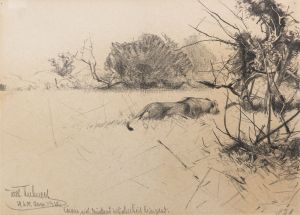
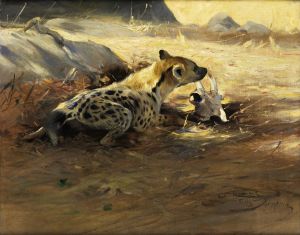


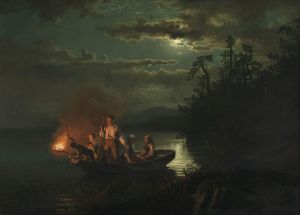
![Design for unidentified interior.] [Drawing of columned hall with altar on a stepped plinth and decorative frieze featuring elephants](/imgs/249300/s/winold-reiss-design-for-unidentified-interior-drawing-of-columned-hall-with-altar-on-a-stepped-plinth-and-decorative-frieze-featuring-elephants-5fe6009d.jpg)